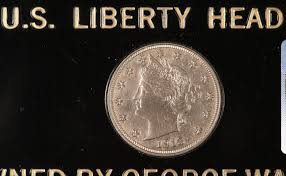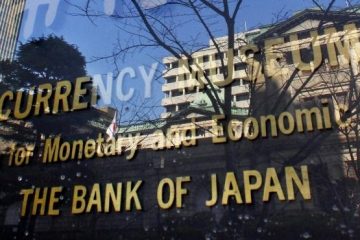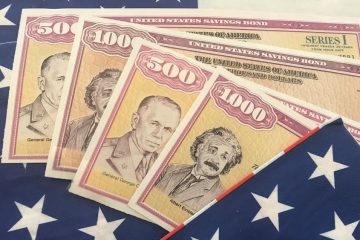Where Nickels Fetch Millions: Inside a Rare Coin Shop

A block below Central Park in Manhattan, an unassuming shop appears, from the vantage point of sidewalk passersby, old, dusty, and uninteresting. Yet it contains treasures.
In billboard-laden New York City, the boutique’s beige awning barely snatches a glance. “Stack’s Rare Coins,” the signage advertises above a gilded, vending machine-sized ATM offering “gold to go.” Inside the entranceway and through a vestibule, the narrow boutique smells like a museum, looks like a lepidopterist’s showroom, and feels like Ollivander’s wand shop.
I visited this odd nook—Stack’s Bowers Galleries, a collectible coin retailer—to behold a precious specimen earlier this month. Upon entering, my eyes were drawn to the contents of the hall’s glass-covered wooden display tables. They contained specie from all corners of the ancient world—Thrace, Turkey, Rome, Carthage, Greece. A pebble-sized coin minted eons ago featured a miniature cameo of Alexander the Great, coldly gazing down the centuries. His sideways glare, fixed on an unseen horizon under an upturned helmet, yet glinted. The golden stater may as well have spoken, Look on my works, ye mighty…
Viewing an engraved portrait of the Macedonian conqueror was not the purpose of my sojourn. I was here to see a nickel. Not just any nickel—a very special nickel. A nickel that had appreciated in value by a factor of roughly one hundred million in the century since its creation. (For the nit-pickers: a factor of 3.5 million, if adjusting for inflation.)
Vicken Yegparian, Stack’s Bowers vice president of numismatics, brought me into his back office where he furnished the coin: a 1913 Liberty Head nickel. It is one of five known in existence, Yegparian told me, and this was the finest example of the lot. (No one knows the coins’ precise origins, although several theories exist—including one that involves employees at a U.S. mint going rogue.) As a booklet in my possession states, “Likely, there is no more famous single coin in existence anywhere!”
I was surprised my chaperone let me handle the curio. I picked it up and turned the New Colossus’s stoic face over in my hands. A serifed “V” revealed itself on the reverse side. For protection, the coin was encased in a rectangular, plastic shell—a sturdier version of the translucent sleeves I used to guard the Magic The Gathering playing cards I traded in my youth.
This week that nickel sold at auction to an undisclosed buyer for more than $ 4.5 million. One some level, it amazes me that someone would pay such a sum for a tiny piece of metal. But should I be surprised? We are strange creatures, ascribing value to all manner of seemingly arbitrary items over the course of our history: shells, beads, stones, metals, and math. While inspecting the Liberty Head nickel amid the wealth of civilizations long past, I could not help but ponder the fate of another currency, one made of a different metal: Bitcoin, that silicon-struck seigniorage. Will it endure, even as cryptocurrency prices plummet across the board, as they have throughout 2018? I wonder what the years ahead may yield—and beyond that, the decades and centuries.
The Liberty Head nickel will continue to appreciate, I suspect, as long as people like Yegparian are around to marvel at its peculiarity. For a numismatist, this is as close contact one may ever have with the numinous.
At least on this earth.
This article first appeared in The Ledger, Fortune’s weekly newsletter on the leading edge of finance and technology. To get it delivered to your in-box, sign up here.



